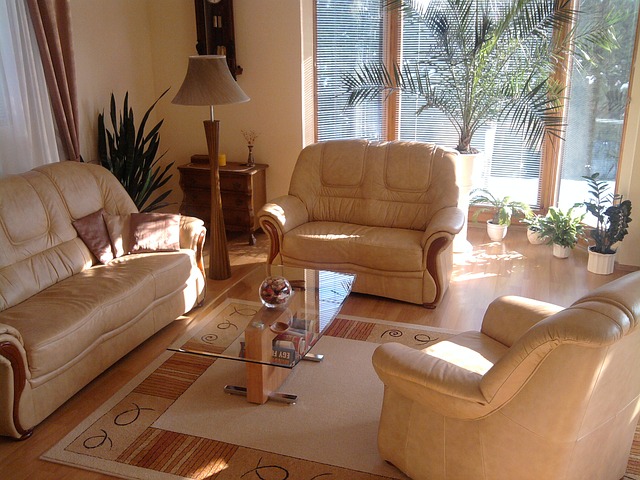Introduction
Painting furniture can be a great way to update its look and breathe new life into old pieces. However, the traditional process of sanding and priming can be time-consuming and messy. Fortunately, there are alternative methods to paint furniture without sanding or priming, saving you both time and effort. In this article, we will explore these methods and provide you with step-by-step instructions on how to achieve a beautiful painted finish without the need for sanding or priming.
Preparation
Before diving into the painting process, it’s essential to prepare your furniture properly. Start by cleaning the surface thoroughly to remove any dirt, dust, or grease. You can use a mild detergent mixed with water and a soft cloth or sponge for this purpose. Once cleaned, ensure the furniture is completely dry before proceeding.
Materials Used
Paint: Choose a high-quality paint suitable for the material of your furniture. Acrylic latex paint or chalk paint are popular choices for this method.
Paintbrush or Roller: Select a brush or roller appropriate for the size and texture of your furniture. A brush with synthetic bristles or a foam roller can work well.
Painter’s Tape: Use painter’s tape to protect any areas you don’t want to be painted, such as hardware or intricate details.
Primer Alternative: Instead of traditional primer, you can use a bonding agent or a paint with built-in primer properties. These products help the paint adhere to the surface without the need for sanding or priming.
Step-by-Step Process
Step 1: Test a small area: Before proceeding with the entire piece of furniture, it’s always a good idea to test the paint on a small, inconspicuous area to ensure it adheres well and achieves the desired finish.
Step 2: Apply the paint: Start by applying a thin, even coat of paint to the furniture using a brush or roller. Work in small sections, ensuring you cover the entire surface. Allow the first coat to dry completely before applying additional coats if needed. Follow the manufacturer’s instructions for drying times.
Step 3: Sanding between coats (optional): If you notice any imperfections or brush strokes after the first coat has dried, you can lightly sand the surface with fine-grit sandpaper. This step is optional but can help achieve a smoother finish.
Step 4: Apply additional coats: If necessary, apply additional coats of paint following the same process as in step 2. Multiple thin coats are often better than one thick coat, as they result in a more even and durable finish.
Step 5: Allow the paint to cure: Once you have achieved the desired coverage and finish, allow the paint to cure fully according to the manufacturer’s instructions. This curing process ensures the paint becomes durable and resistant to wear and tear.
Conclusion
Painting furniture without sanding or priming is a viable option for those looking to save time and effort while still achieving a beautiful painted finish. By following the steps outlined in this article and using the right materials, you can transform your furniture and give it a fresh new look. Remember to prepare the surface properly, choose the appropriate paint, and allow the paint to cure fully for the best results.
References
– www.thespruce.com
– www.hunker.com
– www.bobvila.com












